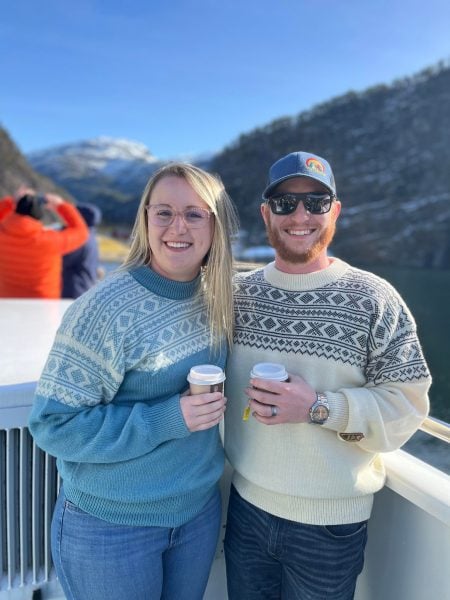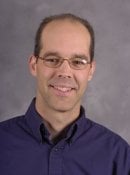
In January Michigan Tech’s Physics Department hosted about 100 future physicists at one of 15 Conferences for Undergraduate Women and Gender Minorities in Physics (CU*iP) being held nationwide in 2025. The American Physical Society chose Michigan Tech for this three-day regional networking event based on application criteria including facilities and available funding, faculty participation, and institutional support for the conference’s goals.














